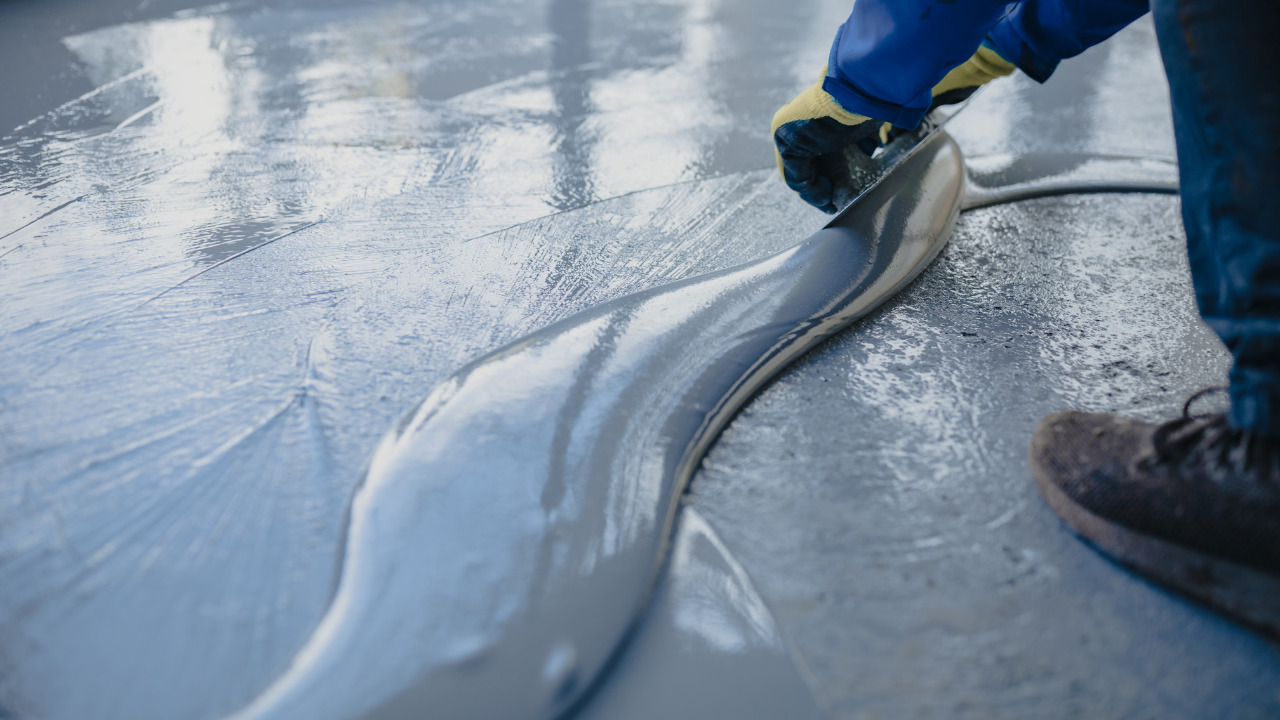Fleas are one of the most common pests that can negatively impact your quality of life. This post will go through the most efficient ways to get rid of them so you can have a pest-free house. Every pet owner’s nightmare is finding fleas on their pet or in their home.
Even though there are now excellent, easy-to-apply flea treatments for dogs and cats, there’s no avoiding the reality that domestic animals occasionally transmit fleas into the house. Instead, they’ll most likely be hiding in the floor’s nooks and crannies, where they can survive and breed in the dust and detritus.
In any case, they’ll have come from a pet and will have attached themselves to a carpet, rug, or your soft furniture at some point. To ensure that your home is pest-free, treat both in addition to fogging. Consult your veterinarian for the finest product choices and assistance when dealing with fleas.
Table of Contents
Fleas Can Live And Grown On The Hardwood Floor
Fleas can survive on hardwood floors for a few weeks if they can’t find a blood meal, but only for a few weeks. They require feeding hosts such as dogs and other pets in the house. They prefer to hide under hardwood flooring. They can quickly hop onto their prey because they are external parasites.
Fleas thrive on old floors in particular. They will feed on dust and dirt while remaining hidden, and they will grow their numbers by laying eggs. Once their larvae hatch, their droppings will supply nourishment for them.
During the colder months, fleas infest hardwood floors because they can absorb heat from the surrounding areas to stay active. Moisture is also present because heat reacts with cold air to create humidity, which keeps the floor damp.
Steps To Get Rid Of Fleas On Hardwood Floor
Before you mop your hardwood floors to get rid of fleas, keep in mind that most detergents and chemicals will harm them. Much water might soak into the floor, causing lumps.
Flea infestations can be treated in a variety of ways. However, for them to work successfully, you must first prepare the place to be treated.
1) Prepare The Area
All of the furniture and soft furnishings must be removed. After that, carefully vacuum it, giving special attention to the crevices between the planks and the walls.
Vacuuming can kill many fleas at all phases of their life cycle. You’ll need to seal the debris and dispose of it outside your property once you’re through.
2) Identify For The Flea Eggs Or Feces
While recognizing whether your pet is plagued with fleas is simple, capturing them on hardwood is more difficult.
The eggs of fleas are whitish and tiny. They’re frequently confused with dandruff and might be tough to spot if you’re not used to dealing with them. If you find flea eggs on your pet, in your carpet, or on your flooring, you must eliminate them as soon as possible and begin treatment.
Look for a reddish-colored dirt-like substance. This is flea feces with a bloody tint to it. This could be a symptom of an infestation if you see it about your house or on your floors.
3) Fill The Hardwood Floor Gaps And Cracks
Fleas and other bugs lurk in the crevices between hardwood floors, so find a solution to fill them. Because it is too exposed, fleas cannot dwell on the floor surface. They must seek refuge in any nook or crevice they can discover. Sealing those is one of the finest methods since they will starve if they are locked inside.
As a result, fleas have nowhere to hide and seek different habitats. Filling in such holes and gaps should be a top priority because it will drastically reduce infestation.
4) Use White Vinegar
Fleas on wooden floors can be removed with white vinegar. On the other hand, pure vinegar should never be used on wooden floors since it can lose the glossy sheen. Spray the affected areas with a solution of equal parts white vinegar and water.
There’s no need to wipe everything out, so let it settle and dry on its own.
5) Use Borax
Fleas are desiccated by this versatile chemical employed in the production of detergents and pesticides.
Because of its low toxicity, you’ll need to make sure the area you use it is well ventilated. When applying it, you’ll need to wear protective clothes and gloves and take extra care to ensure it goes into crevices.
6) Diatomaceous Dirt Is A Safe Option
Diatomaceous earth kills adult fleas by lacerating their cuticles and absorbing moisture from their bodies. It’s natural, easy to use, and safe to use in your home. You must purchase the food-grade variety rather than the filter variety from the store.
It will take about five days to destroy fleas and eggs on the wood floor. After this time has passed, sweep or brush the diatomaceous earth or vacuum it with a shop vac or a filterless vacuum.
Alternatively, you may use a regular vacuum cleaner as long as you change the filter periodically – you’ll need to check it many times an hour.
Conclusion
Without pets, fleas on wooden floors are easier to control because they may be readily starved. Simply remove any coverings from the affected areas and mop with soapy water. Pours salt into the nooks and crannies and waits for it to settle. To kill all of them, do this every day for a week.
Ensure that no chemical confrontations could result in a hazardous chemical reaction. If you’re having trouble deciding on the best strategy, it’s always a good idea to enlist the help of a skilled specialist.





